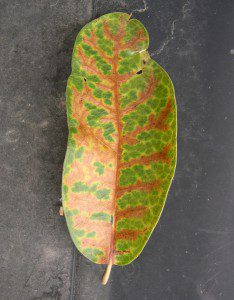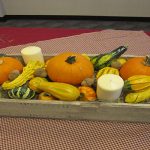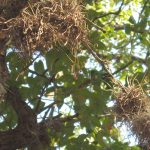This is the time of year to prune your trees. But before sharpening your chainsaw, think about what actually needs pruning.
Yes, it is an arborist’s favorite time of year — pruning time. December, January and the first part of February are the best time of year to prune trees. But before sharpening your chainsaw, think about what actually needs pruning.
Pruning is done for three reasons (in order of importance): safety, tree health and appearance. Although appearance is often mentioned as a reason for pruning, it’s really the least significant reason as it is subjective. What looks bad to one person, may look entirely different to someone else.
- Pruning for safety requires the pruning of poor branch structure. Narrow branch junctions that are V-shaped are structurally weak and should be removed, especially if two or more of the branches are of equal diameters. Think Arizona ashes or hackberries. Long branches that have been repeatedly stripped of their lateral branches are also very weak and should be shortened or removed completely.
- Tree health is the second motive for pruning. Look for the “3-D” branches — dead, diseased and dying. These are a source of disease and insects, as well as a food source to attract more disease and insects. It’s important to remove them, but they may remain on the tree for a short time since they pose no immediate threat to life and limb.
- Pruning for appearance often leads to overzealous removal of what the tree needs most: green leaves. Eliminating the means of food production, i.e. photosynthesis, will inevitably harm the tree’s long term health. Loss of foliage results in loss of food reserves to fight off pests.
Finally, never cut through the branch collar and always paint fresh oak wounds. The branch collar, a donut-shaped ring at the junction of two branches or trunks, is a zone of specialized cells and chemicals that reduces the potential for decay and disease.

A leaf with oak wilt
As for painting a wound, that’s done to prevent oak wilt in oaks. So if it’s an elm, ash, sycamore, pine, tallow, or pecan tree, painting the wounds is not necessary. But for oak trees, always paint the wounds!
Pruning a tree is a major task requiring time and resources. On the other hand, pruning is not mandatory. (No elves or dwarves are doing it in the forest.) But if you wish for your tree to live a long, healthy life, then pruning once every four to seven years is essential.




